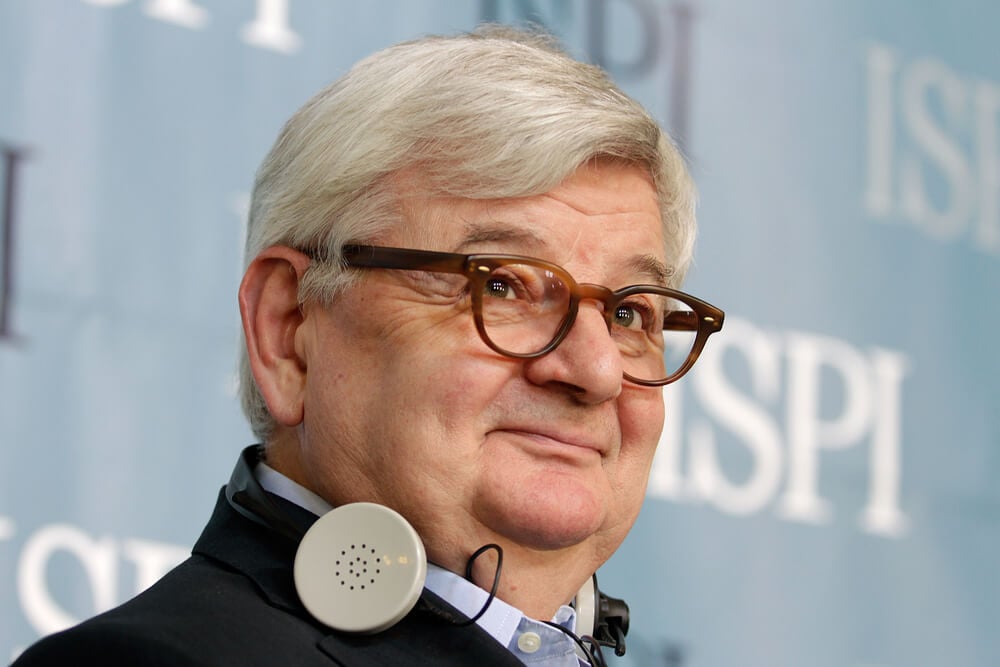Since ancient times, the vast region that we call the Middle East has formed the bridge between Western and Southern Asia, Africa, and Europe.
As the center of the Neolithic agricultural revolution – in the “Fertile Crescent” between the Euphrates, southeastern Anatolia, the Persian Gulf, and the eastern Mediterranean – it was humanity’s original breadbasket, where the first high civilizations arose.
The Middle East was also an intellectual crossroads, with ideas transmitted between South Asia, the Nile Valley, and the eastern Mediterranean.
The region gave rise to most of the great world religions that continue to shape humanity to this day: Zoroastrianism, Judaism, Christianity, and Islam.
And in the modern era, industrialization has further underscored the Middle East’s centrality, owing to its vast hydrocarbon reserves and its role as a conduit of global trade – especially after the construction of the Suez Canal, the most important waterway for commercial exchange between Europe and East Asia.
Not only have the region’s inhabitants played an extraordinary role throughout millennia of human history, birthing the first great empires and shaping culture to this day; they also have exhibited long historical memories.
Moreover, many believe they have a uniquely close relationship with God, and that has made things immensely complicated – and bloody.
Fight for survival
The current era of Middle East violence began almost immediately after the founding of the State of Israel in 1948, when allied Arab armies sought to reverse this development by force.
From its very first moments, the Jewish state had to fight for its survival. Its first decades of existence were punctuated by major wars and countless terror campaigns directed against its people and its very existence.
The latest chapter in this violent history began on October 7, 2023, when Hamas, the Palestinian terrorist group that rules Gaza, crossed into Israel to massacre and kidnap over 1,200 civilians.
This act of depraved violence triggered not only the latest Gaza war – with its catastrophic humanitarian consequences for the Palestinian civilian population – but also a broader regional military confrontation with the Iranian-backed “Axis of Resistance”: Hamas, Hezbollah in Lebanon, the Houthis in Yemen, and Bashar al-Assad’s regime in Syria.
After Iran, the greatest military threat to Israel came from Hezbollah, which had amassed enough conventional arms to rain down destruction on Israeli population centers.
Axis of Resistance’s power structures
But over the years, Israel has managed to penetrate deep into the Axis of Resistance’s power structures, allowing it to strike with devastating effect when the time was right.
Thus, Hamas’s political leader, Ismail Haniyeh, was eliminated in the heart of Tehran, during his stay at an official guest residence of the Iranian Revolutionary Guard Corps.
Likewise, Hezbollah’s longstanding leader, Hassan Nasrallah, was killed in his underground bunker in Beirut.
Just before this strike, Israel had conducted its wildly successful covert operation against the organization’s communications infrastructure, having hidden remotely detonated explosives in Hezbollah operatives’ standard-issue pagers.
Alongside Nasrallah’s assassination, this operation dealt a near-fatal blow to the once-feared group’s morale. And this was soon followed by a development that no one foresaw: Assad’s fall and flight to Moscow in December 2024.
With key pillars of the Axis of Resistance soundly defeated, Israel could finally set its sights on Iran. On June 13, Israel launched its campaign against the Iranian nuclear program, having neutralized most of Iran’s air defenses and assassinated its top military commanders.
A few days later, the United States entered the war by dropping 30,000-pound bombs on Iran’s underground nuclear facilities.
But the extent of the damage done to the nuclear program remains unclear. Thus, despite the brilliance of Israel’s operational and tactical planning, none of the strategic issues have been resolved.
A joint effort to end the war in Gaza
Was the nuclear program truly “obliterated,” as US President Donald Trump insists? Will the regime remain in power? What will become of Iran as a regional player? What will happen with the war in Gaza, and to the Palestinians?
Without a resolution to this issue, the conflict will continue, becoming ever more dangerous.
 If Israel were to reach out to Saudi Arabia and propose a joint effort to end the war in Gaza, to oversee reconstruction, and to guarantee future security, that would be an effort worth making - Joschka Fischer
If Israel were to reach out to Saudi Arabia and propose a joint effort to end the war in Gaza, to oversee reconstruction, and to guarantee future security, that would be an effort worth making - Joschka Fischer
A great opportunity therefore presents itself, as has been the case after so many Middle Eastern wars.
If Israel were to reach out to Saudi Arabia and propose a joint effort to end the war in Gaza, to oversee reconstruction, and to guarantee future security, that would be an effort worth making.
The main obstacle, of course, is that Israeli Prime Minister Binyamin Netanyahu would have to renounce all annexation ambitions for Gaza and the West Bank and offer the Palestinians a viable path to statehood.
Since he has taken great pains to avoid precisely that outcome (including by assisting Qatar to channel funds to Hamas to keep the Palestinians divided), the chaos and uncertainty that has long plagued the region will probably continue for as long as he remains in power.
Joschka Fischer, Germany’s foreign minister and vice chancellor from 1998 to 2005, was a leader of the German Green Party for almost 20 years.